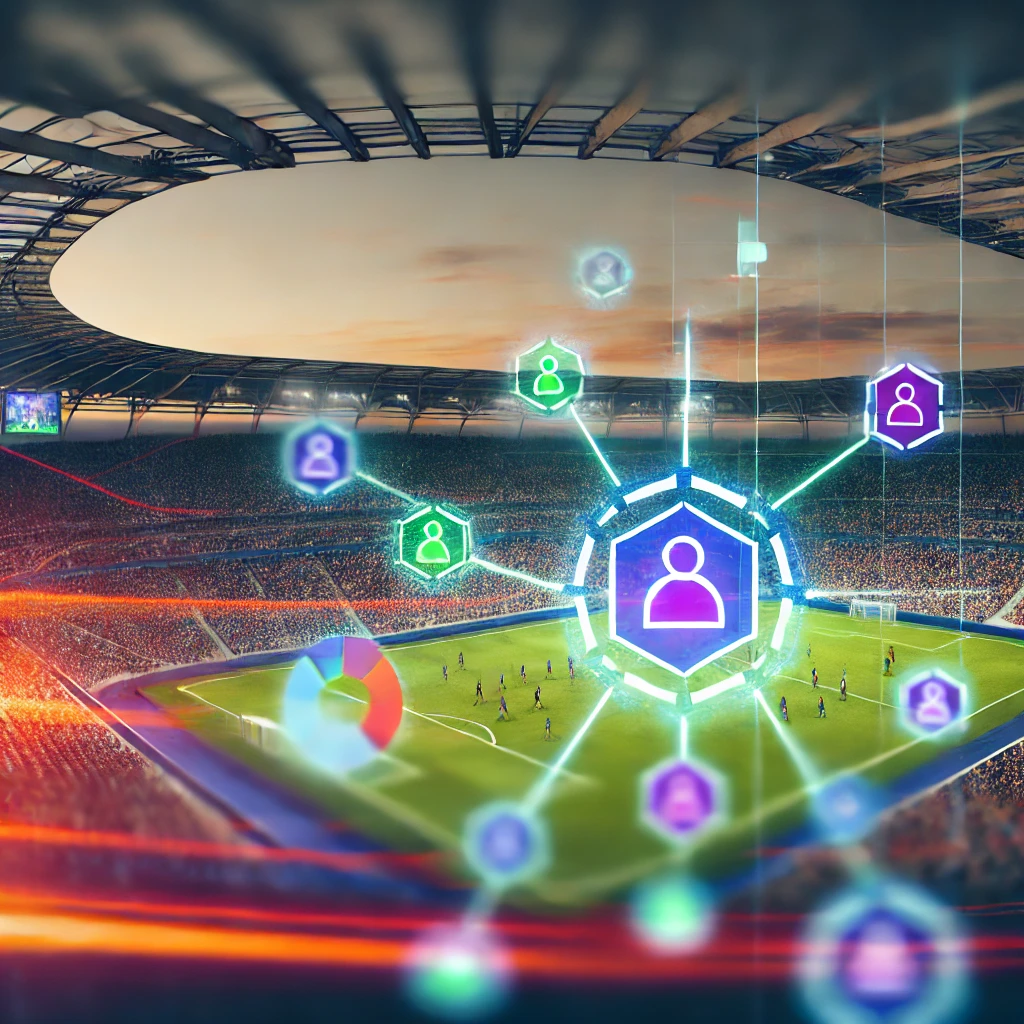In the era of globalization, where competition and competitiveness in the sports industry have exponentially intensified, the importance of adequately structuring the non-sporting areas of sports entities has never been more critical. From my experience in multinational companies and subsequently from within the sports industry, I have witnessed the transformative impact that professional and technical strategic management of these areas can have on the economic sustainability and performance of sports organizations from an economic business perspective.
The implementation of advanced technologies, such as process automation, artificial intelligence (AI), in non-sporting areas such as Marketing, Sales, Retail, Digital, Stadium, through a Business Intelligence Center not only optimizes operations but also significantly boosts revenues from audiovisual rights (according to Royal Decree-Law 5/2015), revenues from commercial activities (traditional and new business lines) including stadium exploitation on non-match days, as well as Matchday revenues. Process automation allows sports entities to streamline their operations, organizing them, reducing costs and errors, and freeing up human resources for higher value-added tasks, focusing on creative strategies and decision-making based on objective data, not perceptions.
AI. ARTIFICIAL INTELLIGENCE
Artificial intelligence, in turn, offers powerful tools for data analysis and proper execution of strategies aimed at maximizing business. By implementing AI solutions, sports entities can gain deep insights into the behavior and preferences of their fans, optimize their marketing campaigns, and personalize user experiences, resulting in greater loyalty and revenue generation.
DATA DRIVEN
Clarity in responsibilities and precise definition of interdepartmental interactions, complemented with automation and artificial intelligence, are fundamental for orderly and efficient management of the sports entity. These properly organized elements promote a culture of innovation and effectiveness, where decisions are based on objective data and strategies are executed with pinpoint precision. Initially, it may generate fear by demonstrating that decisions we have been making for decades were wrong or simply had significant potential spaces for improvement.
TECHNOLOGY AS THE BACKBONE FOR INTERNATIONAL GROWTH
Furthermore, the adoption of these technologies, applied in each strategic market, facilitates the internationalization of sports entities, allowing them to compete in the global market with a more attractive and differentiated value proposition. The ability to quickly adapt to market changes and effectively respond to the needs of fans in different regions is crucial in this context of competitiveness. The sooner, the better, because the competition is both on and off the field and not only among entities of the same discipline.
In summary, the orderly structuring and organization of non-sporting areas, aided by the automation of processes and artificial intelligence applied to the monitoring of the company’s operations, not only allows for maximizing revenues and improving competitiveness in the global market but also ensures more effective management oriented towards the future sustainability of sports entities. It is essential that managers and owners of these organizations consider these technologies as a strategic investment on their path to operational excellence and long-term success, regardless of sports performance.






